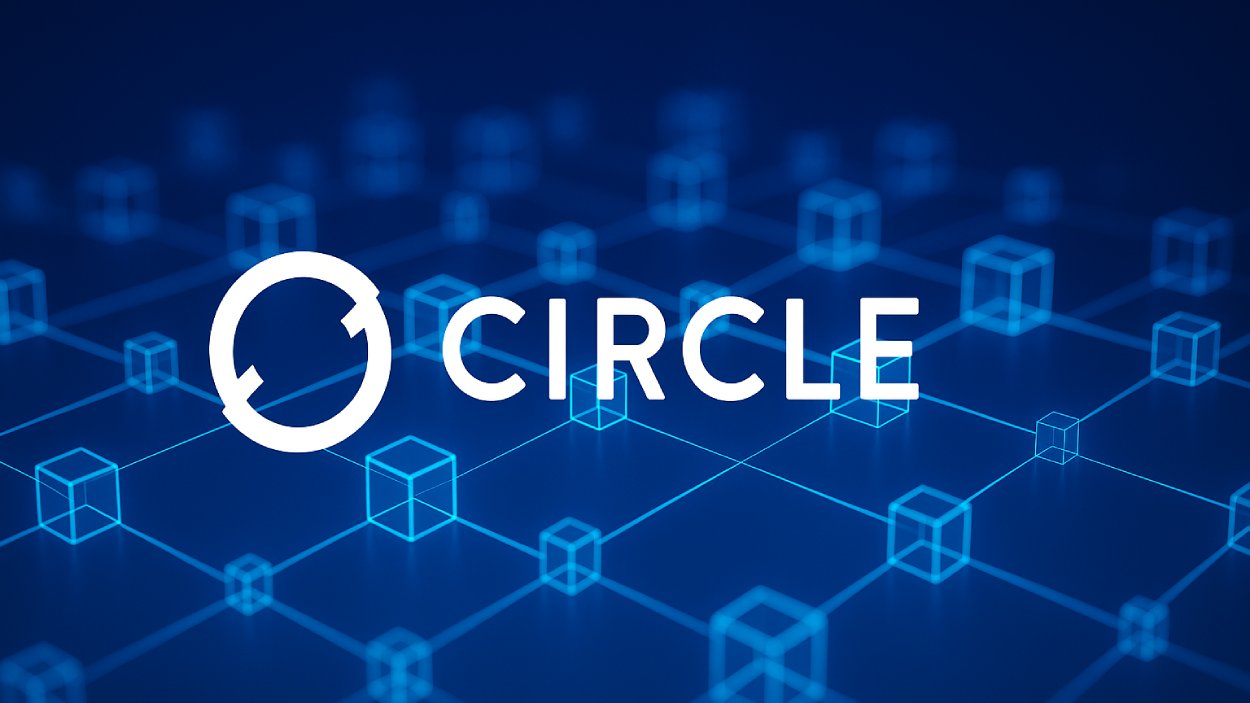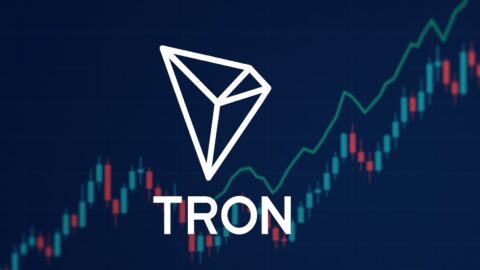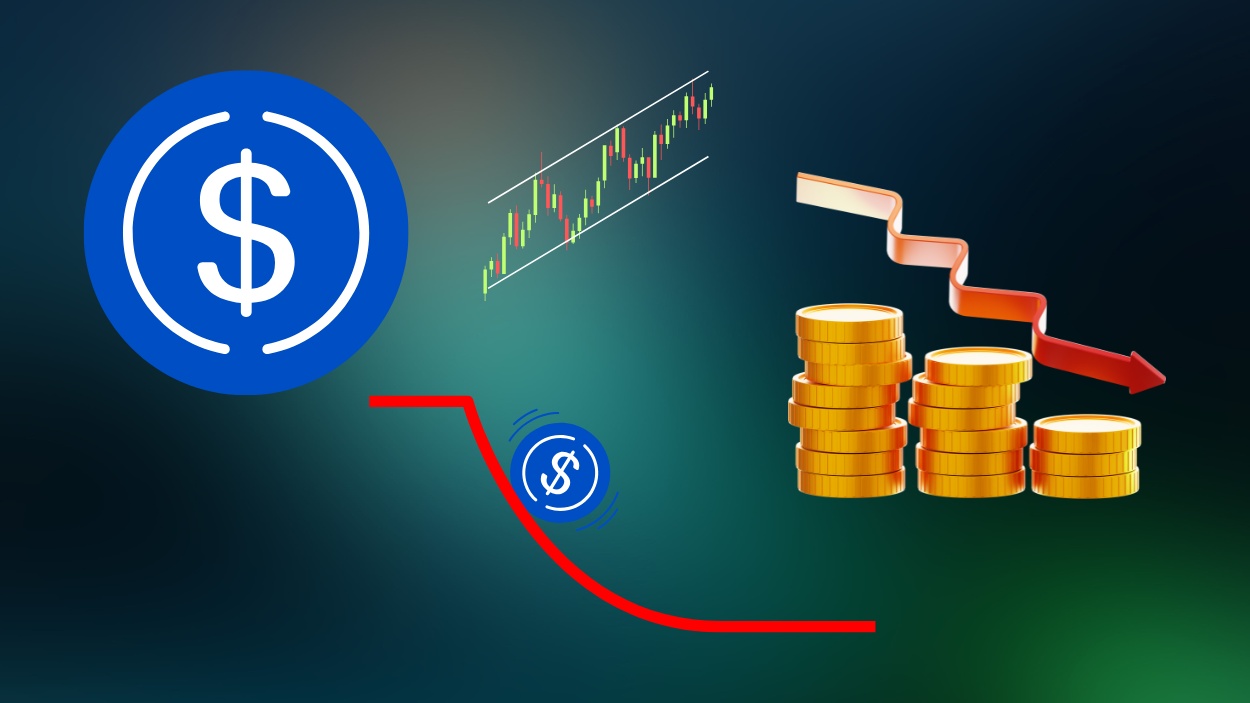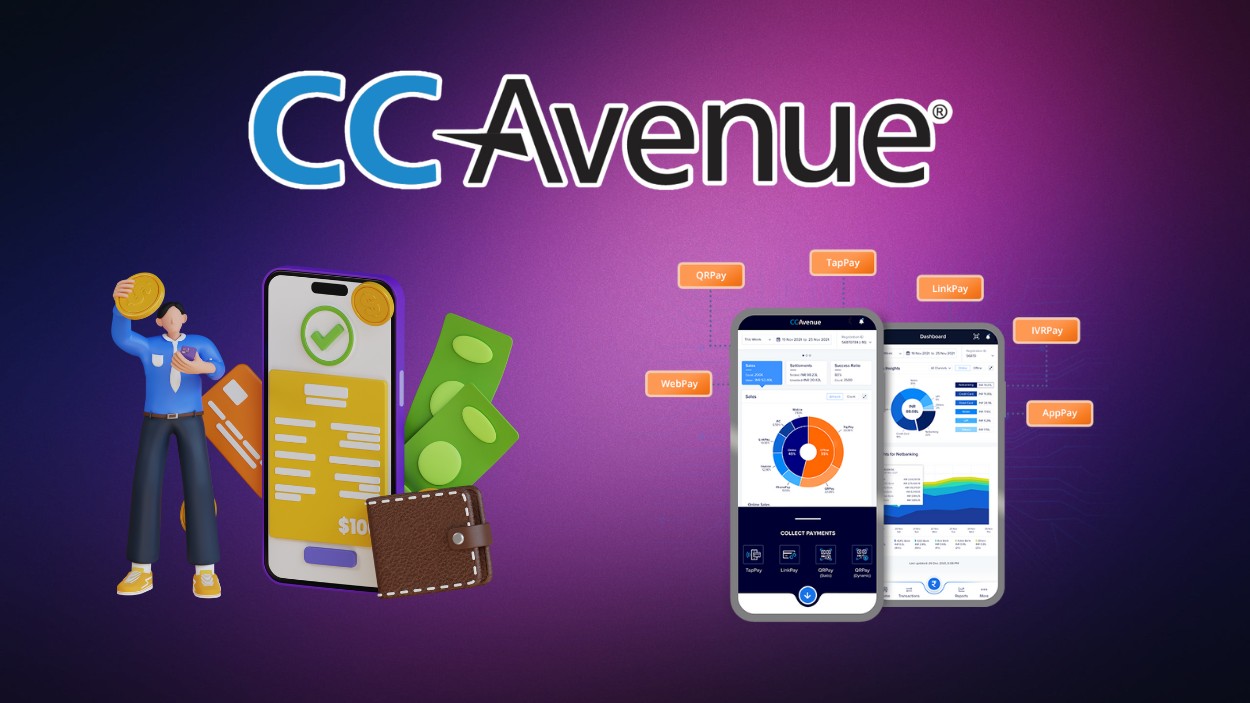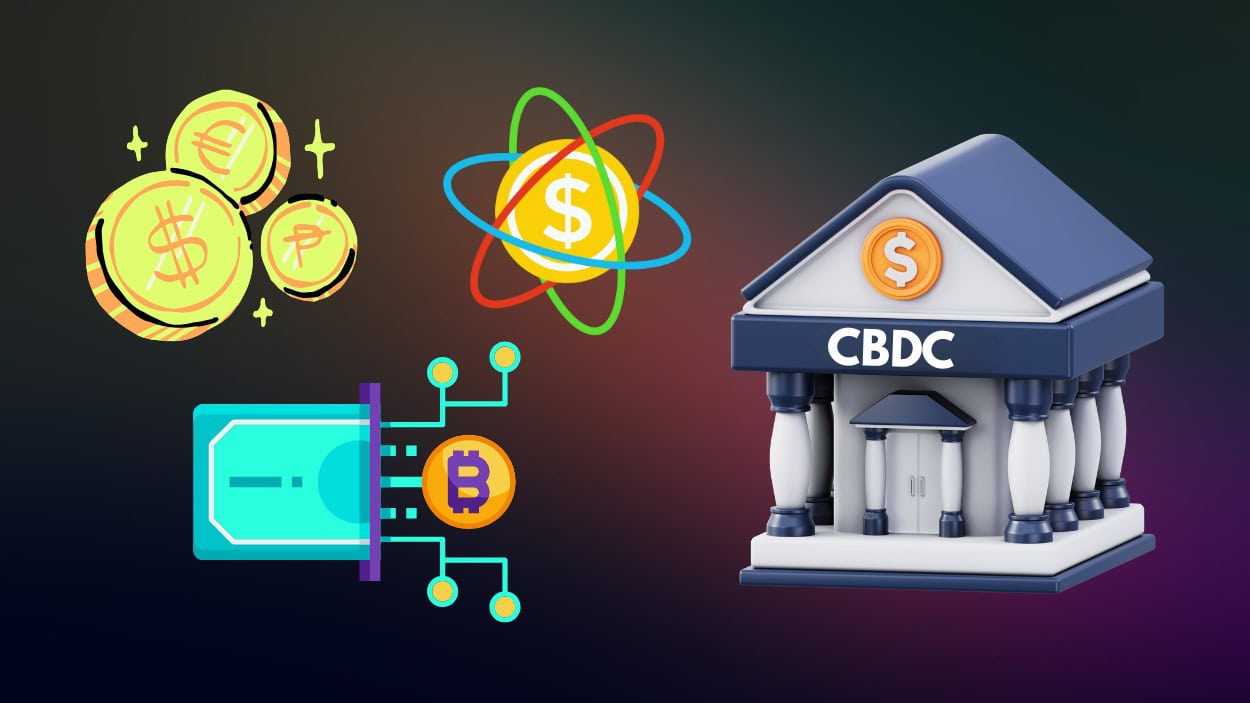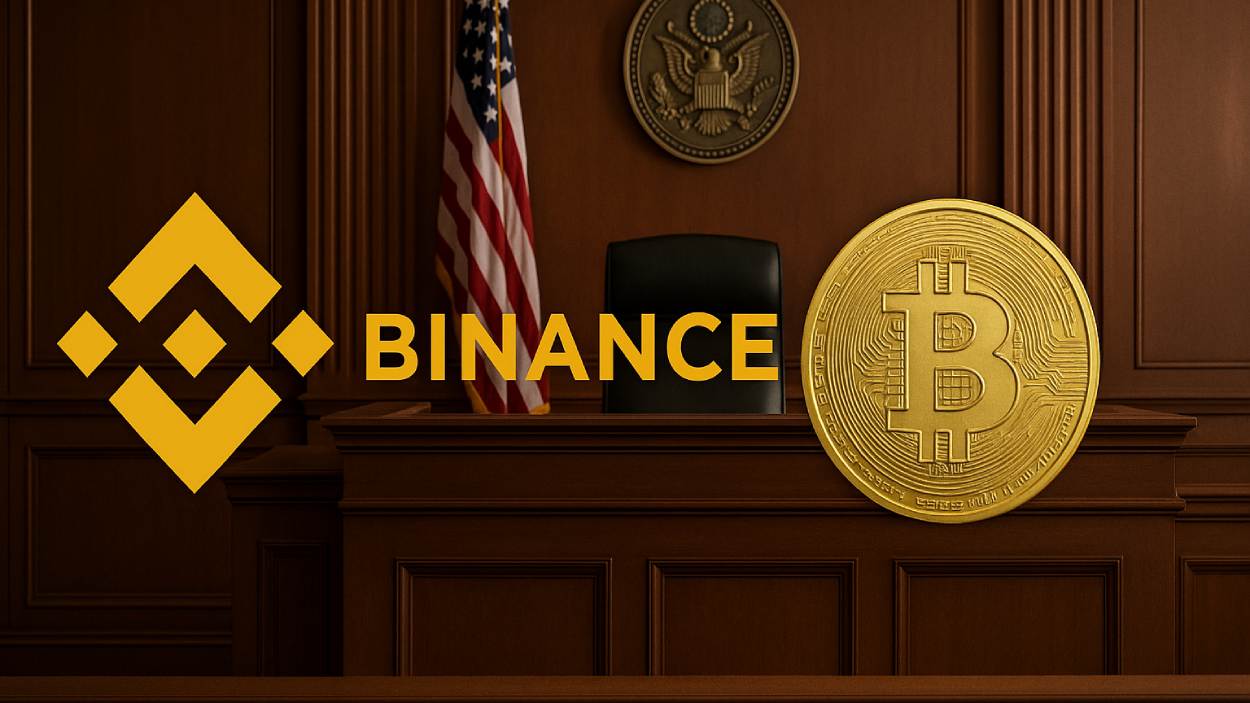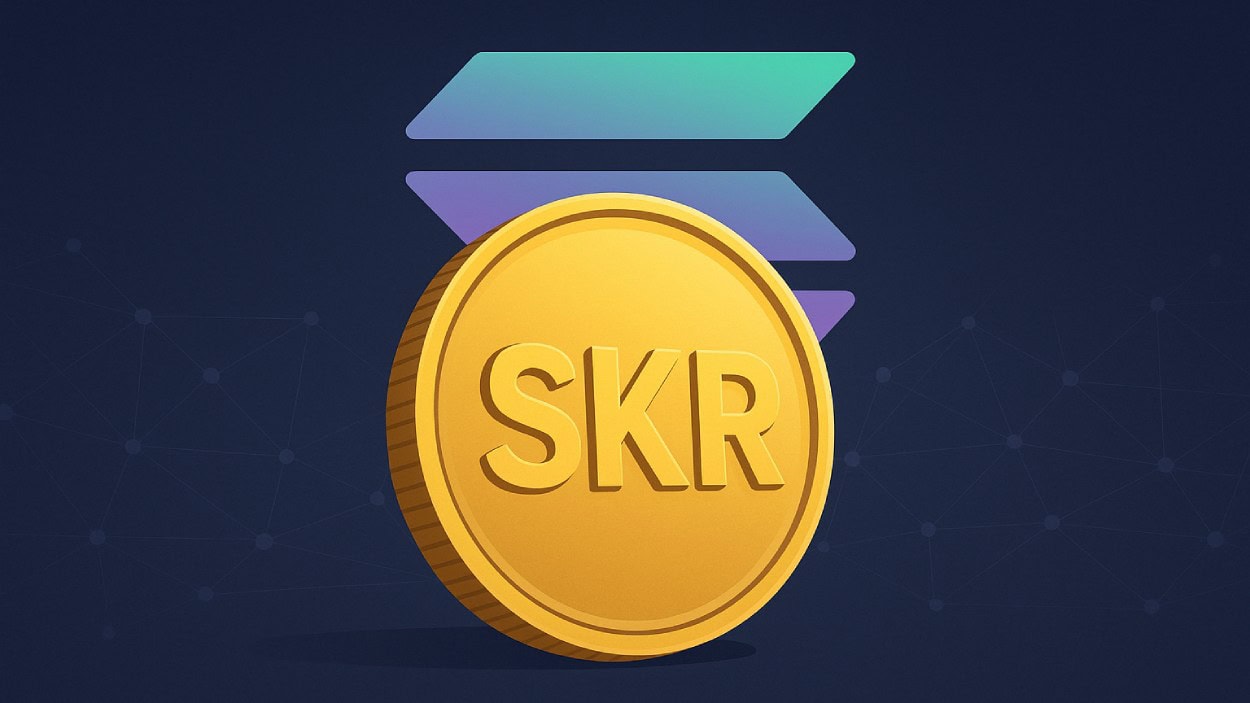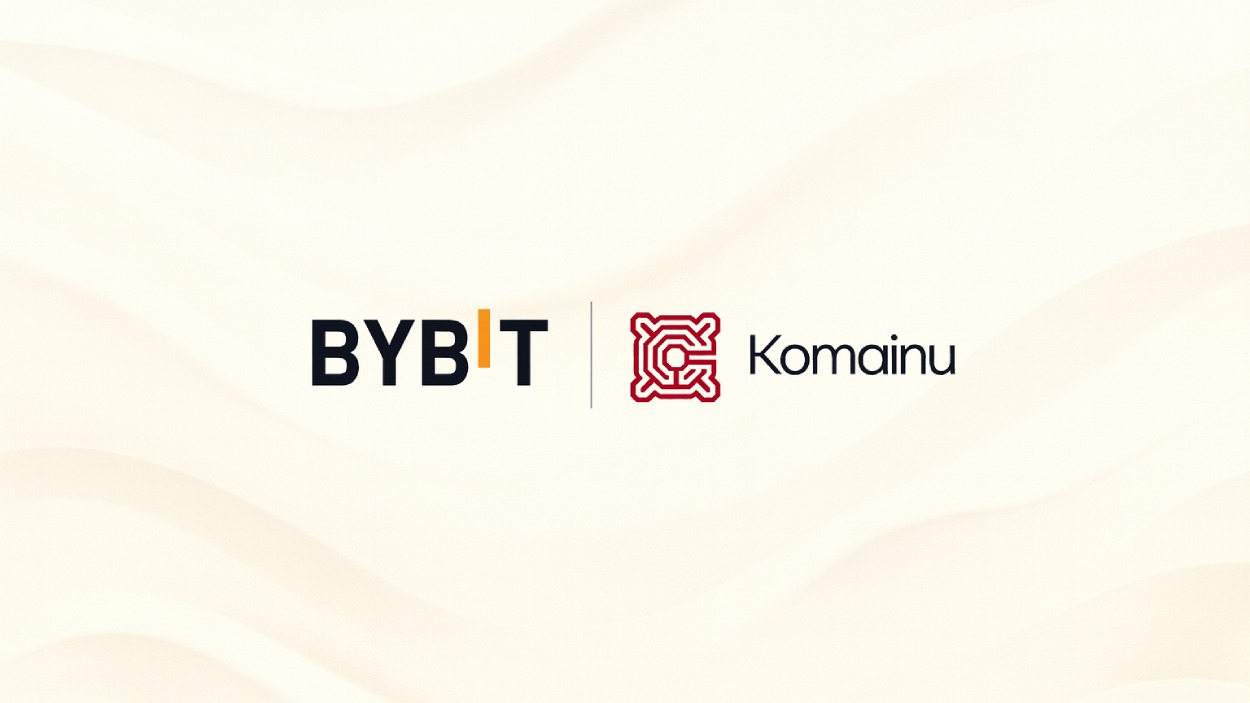Circle is exploring the launch of a native token for its Arc blockchain, a move that could reshape the stablecoin ecosystem and deepen institutional adoption of blockchain finance.
Key Takeaways
- Circle is considering a native token for Arc, its layer 1 blockchain designed for stablecoin use.
- The Arc testnet has attracted over 100 major institutions, including BlackRock, Visa, Amazon, and Goldman Sachs.
- Circle reported $740 million in Q3 2025 revenue, a 66% year-over-year increase, alongside a 202% spike in net income.
- The Arc blockchain supports stablecoin-based gas fees and fast transaction finality, making it attractive for enterprise use.
What Happened?
Circle, the company behind the $76 billion USDC stablecoin, has confirmed it is “exploring the possibility” of launching a native token on its Arc Network, according to its Q3 2025 earnings report. The proposed token is expected to incentivize participation, align stakeholder interests, and help grow the newly launched blockchain ecosystem. Arc is currently in public testnet, and over 100 institutions are already involved.
This morning we shared our Q3 results @Circle.
— Jeremy Allaire – jda.eth / jdallaire.sol (@jerallaire) November 12, 2025
We made huge progress delivering platforms for the world’s leading startups and financial firms, and saw strong growth and market-share gains for @usdc.
With @Arc, over 100 major companies are helping us design and test a new… pic.twitter.com/XSfST8x4p6
Circle’s Arc Blockchain Moves Closer to a Tokenized Future
The Arc Network, Circle’s open layer 1 blockchain launched earlier this year, is optimized for stablecoin transactions with features like stablecoin gas payments and sub-second transaction finality. Designed to power fast, low-cost blockchain finance, Arc is currently in its public testnet phase and already features participation from industry giants like Goldman Sachs, BlackRock, Visa, Amazon Web Services, and Standard Chartered.
In a statement, Circle said the potential native token could “foster network participation to drive adoption, further align the interests of Arc stakeholders, and support the long-term growth and success of the Arc network.”
While exact tokenomics have not been disclosed, the launch would mark a significant shift in Circle’s blockchain strategy. Initially, Arc was expected to use USDC and other stablecoins as the core mechanism for gas fees and payments. The addition of a native token suggests Circle is now considering a more decentralized governance model with geographically distributed validators.
Strong Financials Bolster Circle’s Expansion
Circle’s token plans come at a time of strong financial momentum. In Q3 2025, the company reported $740 million in revenue, representing a 66% year-over-year increase. Net income soared to $214 million, up 202% from the same period last year.
- EBITDA for the quarter reached $166 million, up 78% year-over-year.
- Operating costs rose by 70%, driven by a 14% increase in workforce and higher compensation expenses.
- Distribution and transaction costs surged 74%, totaling $448 million.
Circle’s earnings reflect growing commercial traction for USDC. Roughly 96% of its revenue came from yield generated by the U.S. Treasury bills backing the stablecoin.
Arc’s Launch Reflects Industry Shift Toward App-Specific Chains
The launch of Arc is part of a broader shift toward application-specific blockchains or appchains. These blockchains are tailored for specific functions like stablecoin transactions, offering better performance and lower fees compared to general-purpose networks.
Projects like Hyperliquid and Injective are already built on app-specific layer 1 networks, and Circle’s move into this space reinforces the growing institutional appetite for blockchain solutions built for specific business needs.
However, appchains also have critics. Andre Cronje of Sonic Labs argued they face challenges with infrastructure costs, compliance, and fragmented liquidity. In contrast, Polygon Labs CEO Marc Boiron countered that increasing interoperability will mitigate many of these problems over time.
Regulatory Tailwinds and Industry Competition
The stablecoin sector is heating up amid new U.S. legislation, like the Genius Act, signed into law in July by President Donald Trump. This act sets legal clarity on who can issue stablecoins, triggering a wave of activity from both traditional banks and fintech players.
As a result, major institutions like Bank of America, Revolut, and Societe Generale are entering the stablecoin space, increasing competition for Circle. Even Tether, long sidelined in the U.S. due to regulatory challenges, has moved to establish operations in the country following the new law.
Still, Circle remains a dominant force. The company raised $1.1 billion in a public NYSE listing in June, and is now valued at nearly $23 billion.
CoinLaw’s Takeaway
I find Circle’s move to introduce a native token for Arc both bold and timely. In my experience, nothing spurs institutional adoption like a clear framework and skin in the game. By aligning economic incentives through a native token and offering a stablecoin-optimized blockchain, Circle is positioning itself to become a foundational layer in the future of digital finance. I also think Circle’s ability to pair strong financials with product innovation puts it ahead of many competitors. While appchains have their challenges, I’ve seen how targeted infrastructure can solve real pain points faster than sprawling, one-size-fits-all networks.
Hover or focus to see the definition of the term.

